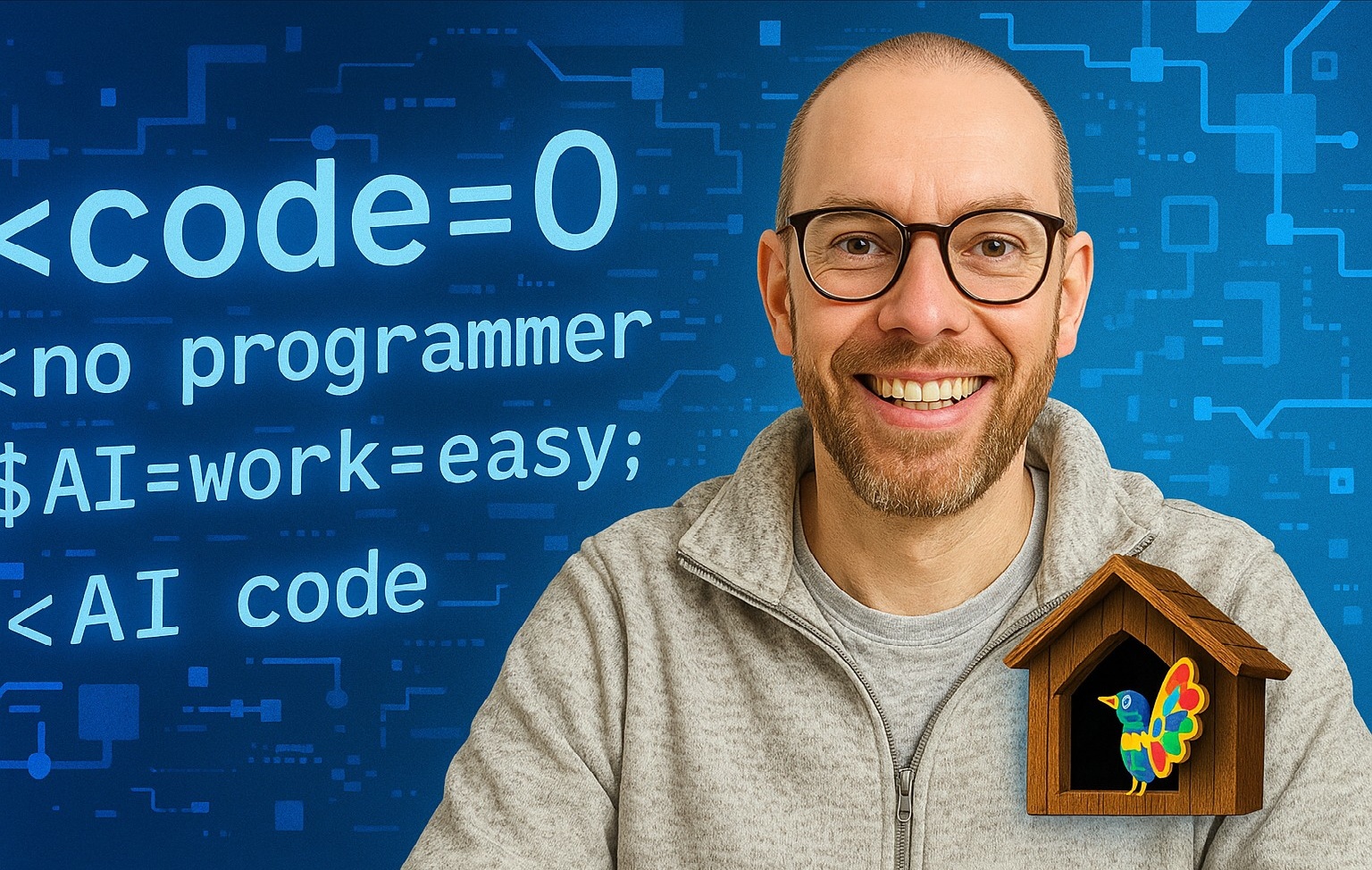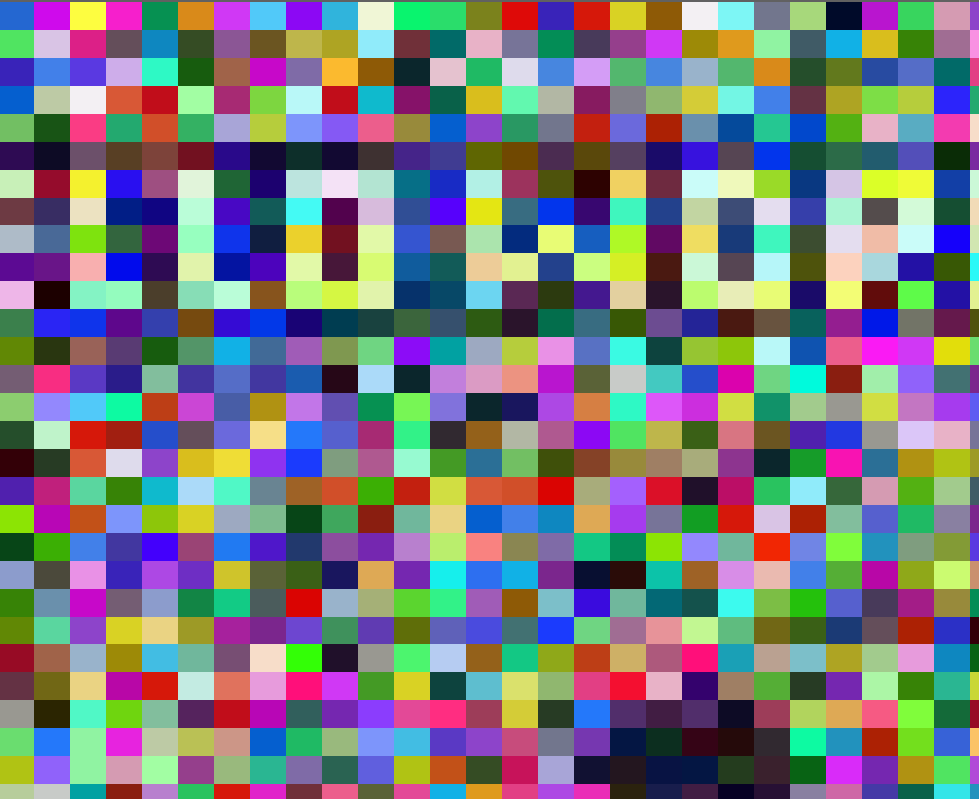My Journey Building a Digital Cuckoo Clock with Vibe Coding

By Chris Koch on 2025-05-19
Hey everyone! I recently went on a bit of an adventure – I built a digital cuckoo clock that you can check out online. And the coolest part? I did a lot of it through what I like to call "vibe coding." If you're curious about how you can use natural language and AI models to bring your creative ideas to life, without getting bogged down in traditional line-by-line coding, then this is for you! I even chatted about this approach in a video where I let ChatGPT "interview" me about the process.
The Spark: An Idea and a Master Plan (Sort Of!)
It all started with an idea: a classic cuckoo clock, but digital, interactive, and with all the charming details. I even drafted up a "Master Project Plan" to outline everything. This plan covered the functional specs – a 12-hour analog display, moving hands, a swinging pendulum, and of course, the cuckoo bird popping out with sound effects. The initial tech thoughts included using SVG for graphics, some animation tools, and standard web technologies for the frontend.
Honestly, though, while the master plan was a great starting point, the actual process was a bit more... organic. That's where vibe coding really came into its own.
"Vibe Coding": Letting AI Be My Co-Pilot
So, what's "vibe coding"? For me, it's about leveraging AI tools to translate my vision into reality. Instead of writing every single line of code from scratch, I used AI for initial planning and even some of the foundational coding. It was like having a coding buddy I could bounce ideas off and get a first draft from, almost like I was interviewing the AI to get the project rolling.
Crafting the Visuals:
One of lamentedthe first big steps was creating the visual assets. My plan detailed the need for clearly layered graphics for the clock housing, hands, pendulum, and even a cute animation for the cuckoo bird's grand entrance. This is where I hit my first learning curve – getting to grips with graphics software to create and manage all these visual components. It took some effort, especially making sure all the elements were scaled correctly and matched up. The underlying code then brings these images together to form the clock you see.
Making it Tick (and Cuckoo!):
The core of the clock is, well, telling time! The plan was to have the hour and minute hands rotate, the pendulum swing, and the cuckoo make an appearance every half-hour and on the hour.
The actual code that makes this happen uses animation libraries to smoothly move the parts. For instance, setting the correct rotation point for the hands is crucial. A key part of the process was getting those kinds of details right. There were moments where one AI tool might struggle with a specific technical challenge, like figuring out precise animation coordinates, and I'd turn to another AI model which often helped nail those tricky bits. This iterative process of using different AI strengths was a big part of the project.
The clock's logic, written in JavaScript, keeps track of the current time and updates the rotation of the hour and minute hands. It also figures out when to trigger the cuckoo, making sure it appears and sounds just at the right moments.
Adding the Vibe: Interactivity and Polish
Beyond just telling time, I wanted the clock to have a nice feel. The master plan included ideas for user-adjustable volume and a mute toggle, with settings saved in the browser's local storage. These interactive elements are part of what makes the digital clock more engaging. There are also fun little touches like color controls that let you change the background color of the page.
A small but important detail for web apps with sound is getting user permission before any audio plays, ensuring a good user experience.
Was the Master Plan Enough? Not Quite. And That's Okay!
As I mentioned, the initial master plan wasn't quite sufficient to get the job done all on its own. And that's a key part of vibe coding, I think. The plan provides a roadmap, but you need to be flexible and adapt. Sometimes the AI gives you something that's almost there, and you tweak it. Other times, you hit a snag and need to bring in a different tool or approach. It’s about that collaborative dance between your vision and the AI's capabilities.
For example, the initial plan might have specified certain sound effects, but during development, I might have found a simpler or more effective way to achieve the desired cuckoo moment, perhaps relying more on a single sound paired with the animation. This kind of iterative refinement is natural.
The Takeaway: Embrace the "Vibe"
Building this digital cuckoo clock was a fantastic learning experience. It showed me the power of detailed planning combined with the flexibility of "vibe coding." Using AI models as collaborators can really accelerate the journey from idea to a functional, cool-looking project. You still need to understand the concepts, guide the process, and sometimes get hands-on with the details, but it opens up a more intuitive and, dare I say, fun way to create.
So, if you've got a project idea bubbling away, especially if you're curious about coding but maybe a little intimidated by the traditional path, I definitely recommend exploring what you can achieve with a bit of planning and your friendly neighborhood AI tools. Happy vibe coding!
